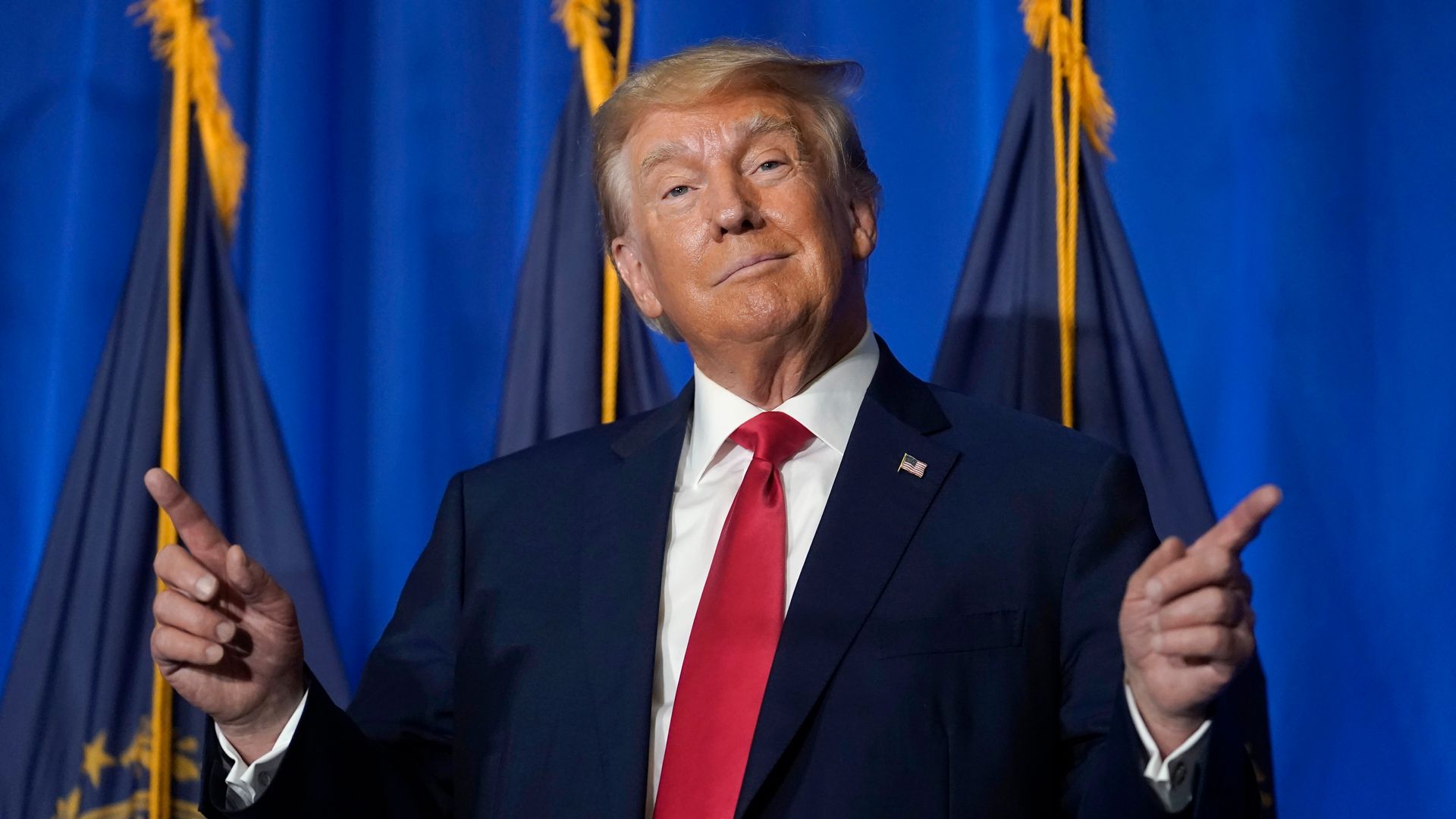Digital Photography Review (best known as DPReview) was regarded as one of the best review and news sites, bolstered by a strong community. It was founded at the dawn of the internet, back in 1998, and in 2007, Amazon bought it.
The staff was slowly replaced with contractors and freelancers over the years until Amazon killed it in March. The backlash was intense, and the company promised to put the site into an “archive state” so people could still read it, even though no new content would be added.
After Amazon very loudly announced it was going to shut the site down, it seemed there was a chance it could still survive. Sources tell me that a number of entities reached out to Amazon to see if they could buy it. Private equity saw opportunities but were rebuffed.
I’ve spoken to a number of the folks who’ve worked at DPReview over the years, all of whom were worried about what they could or couldn’t say due to various contractual obligations to Amazon.
But what they did tell me is that the site’s staff wasn’t kept in the loop about what was going on. And when Amazon put DPReview on ice, multiple sources told me that Amazon was planning on shutting the site down altogether; in other words, it wasn’t interested in selling DPReview.
Then, just last month, it did another about-face and sold the site to Gear Patrol. “It wasn’t an equity deal, but I can’t share anything beyond that,” Gear Patrol founder and CEO Eric Yang told me. “We didn’t raise any venture capital, just a bit of debt. We feel that allows us to continue to make independent editorial choices. Ten folks from DPReview are coming on board.”
The saga of DPReview made me wonder why these companies decided to sell to Amazon in the first place.
It goes beyond DPReview
DPReview isn’t the only brand that this has happened to: Amazon bought Back to Basics Toys in 1999. Four years later, it was sold to children’s book and magazine publisher Scholastic.
But it has a long history of successful acquisitions, as well: Canada’s AbeBooks, the U.K.’s Bookpages and Germany’s Telebook were all rolled into Amazon’s book businesses, for example.
Other acquisitions were more strategic. LoveFilm was rolled into Amazon Video, and online payment processors Accept.com and Tapzo were rolled into Amazon’s financial services, and aspects of it became Amazon Pay. CustomFlix and BookSurge became CreateSpace, Amazon’s print-on-demand business. Audible, Zappos, Whole Foods, Ring, MGM, iRobot, Shopbop and Twitch all got to keep their original brands and presence. PillPack became Amazon Pharmacy, and who knows what the long-term strategy is for Amazon’s $4 billion acquisition of One Medical.
Amazon has already quietly shuttered a bunch of brands, including Brilliance Audio, which it acquired in 2007 and shut down in 2018. Crib of the North was a well-known editorial-forward tool company, bought by Amazon in 1999, before it quietly vanished as an independent brand and later resurfaced as Acme Tools once the non-compete agreement expired.
There’s a very long list of much-loved properties that Amazon owns and hasn’t meaningfully invested in recently. It’s worth keeping an eye on Goodreads and IMDb, for example.
There are tons of brands that are a good fit for Amazon, and especially brands that Amazon Web Services buys. For editorial brands, such as DPReview, however, it seems like Amazon has changed its mind. Maybe the company’s change of heart will give some opportunities in the future; I just hope it doesn’t set fire to the brands we love the most.
For startups, I think the lesson here is to consider who you sell to, to see whether there’s long-term alignment between you and the acquirer. If the answer is no, it may be worth looking past the dollar signs and back to the original mission of your company.
Can Amazon please show mercy to the brands and products we love? by Haje Jan Kamps originally published on TechCrunch






